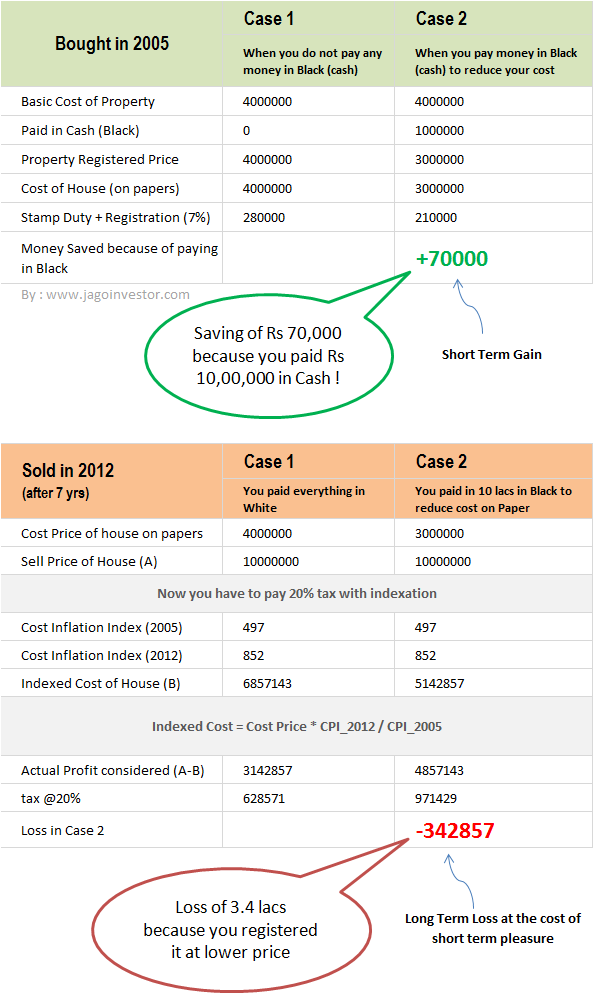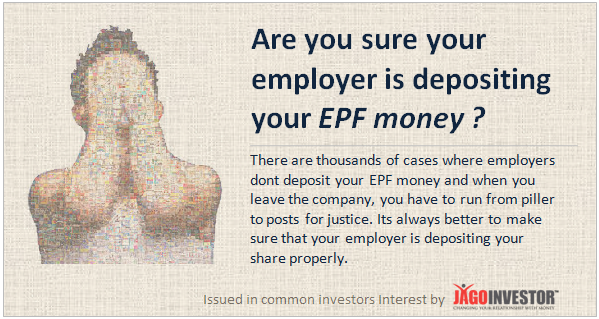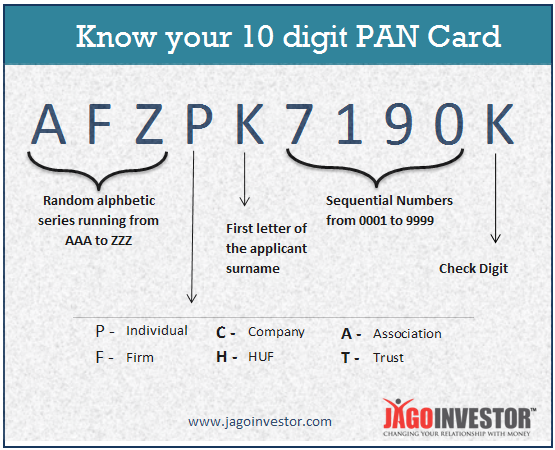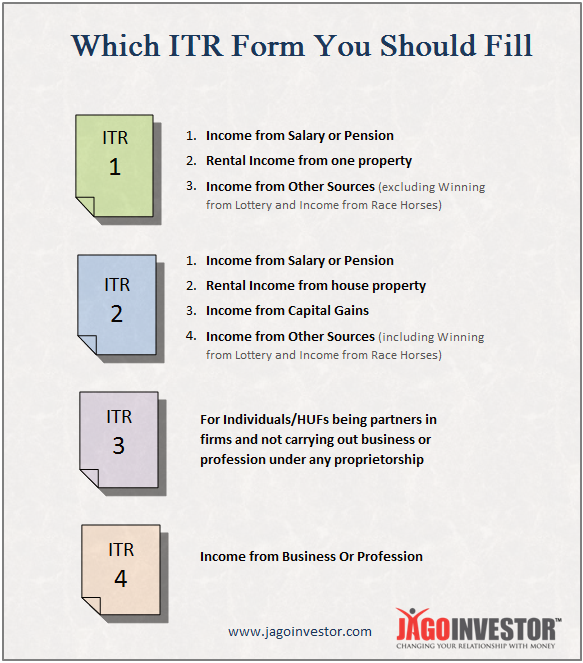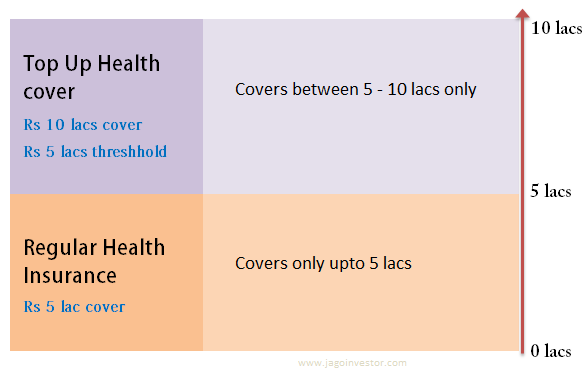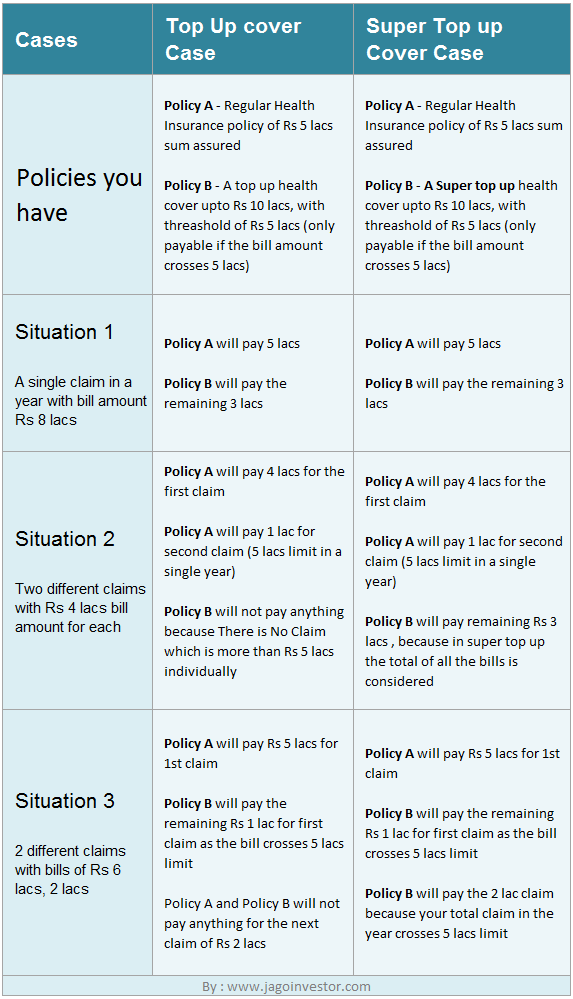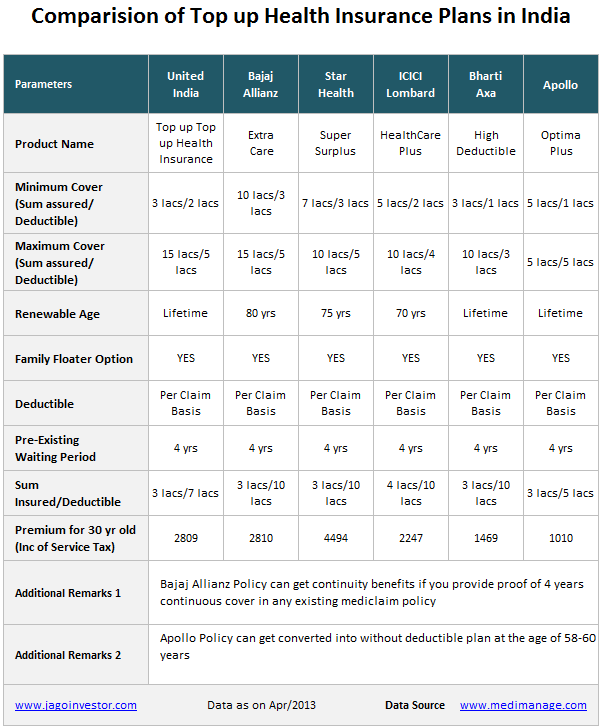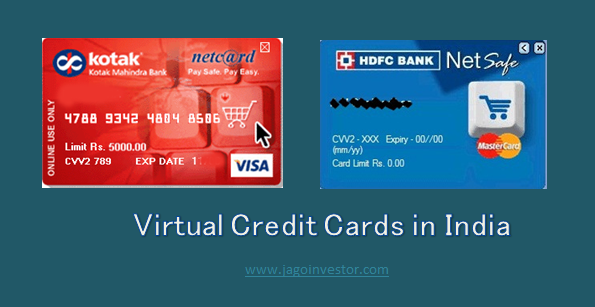Buying a property is a one time decision for many. Its a moment when you are excited, stressed and many a times in hurry!. You look at some properties and one of those properties give you that feeling of “that’s my dream home”. You get attached to something special about the property and every other aspect looks fine to you. On top of it, you feel you want to block the property as soon as you can and get into the process of arranging for booking money, down-payment and finalizing home loan.

But, its not the time to rush, but slow down. You should step back for some time and calm down yourself because its a decision which will impact your overall family, life and finances. And you should not be regretting it later.
Just like a detective investigates a case and goes deep down analyzing a situation and then comes up with a conclusion, you should also do some important investigations before you finally take decision of buying a property. So we have come up with 10 things you should look at and think hard about them. These 10 points can also become a comparison tool for you to compare two or more properties, which we will look at in the end, but before that lets see what are those 10 parameters you should investigate before buying a property
10 things to check before buying a home or Property in India
1. Goodwill of the Builder and overall Brand
Before you buy a Property, its important to have a look at the builder profile and his overall history. How many projects he has already delivered, How much delay was there, Go to te website of builder company and check old projects and ongoing projects. Search on internet with the previous project name and you should be able to find some important information about it. See what people are talking about the builder and property.
2. Connectivity to your Work Place
An important parameter to look at before buying a property is the distance between your workplace and the property. Its something you have to deal with everyday. A property which is 3 km away from your workplace is very different from the property which is 12 km from your workplace. Long Distance might mean inflated fuel cost, time lost in travelling and getting frustrated and burning out each and every day for many years to come.
3. Connectivity to Schools, Hospitals, Transport, Markets etc
You should check how far are schools, colleges, hospitals, markets , shopping places and bus/train stations from the property. It should not happen that to save the money on property, but then spent on travelling your kids every day to school. The access to other important places is also very important.
4. Resale Potential in Future
When we buy a property, we are attached to it thinking that we are going to live there for next few decades, but no one known when you would be packing your bags again to move to some different location because of various reasons. At that time, if you realize that the property was suitable for you, but not to someone else, its going to be very bad situation. So you also have to think about the “resale” potential of property you buy. Will the property appeal to someone else ? Think about it again. For example, you might be looking at the property which has common parking, but what about future at the time of selling , every one you talk to wants a dedicated covered parking ?
Also, Most of the people who are buying under-construction properties are very far from core city. So its an important point to check about the future development around the area. Find out whats the future development plan for Roads ,Flyover, proposed malls, and other things which might come up in next 4-6 yrs. If the place is not yet properly connected to main city, there might be future plans for it.
5. Rental Potential
A lot of times, people give their property on rent and move to some other location. At that time, if you realise that the property is not that attractive from rental point of view, you will regret your decision. I am not saying this is going to be a deciding factor in your decision, but still just keep it in mind and have a look at property from this view point only. If property is near colleges or centrally located, or close to commercial places, you will never find issues finding people to rent your property.
6. Air & Lighting
Air and Lighting is something which will determine your living experience on daily basis. The flat you live in should have good enough lighting (natural light) and proper air. Also you should check how the air flows from various angles. In my current flat, the way wind flows is amazing. So when you look at property, check if some other buildings are blocking the air and lighting or not. Which side the terrace or balcony faces and the view outside.
7. Amenities Offered
You should also check what kind of amenities are offered along with property. Things like club house, parking, lift, power backup, swimming pool, gym are some of the amenities. Now you might be a simple person who wants minimal things, but if you want to make sure the property has very good resale potential, you might want to look at these things. After all, all these things will matter to you or people connected to you and if not anyone, may be the next buyer from you will look at all this.
8. Construction Quality
When you go to look at properties, check the construction quality. What we mean by it is check the walls, their overall look and feel, how is the finishing done, Does it look premium or the paints look like as if it will come out very soon. Check the wiring, fitting, tiles quality etc etc. If its a under-construction project, the only option you have is to search on internet about the builder and its past project experiences and what previus buyers are saying about it . Just put builder name or any previous project name along with “+ construction quality” words on google and you will be able to get some ideas – like this project in chennai
9. Road Conditions Around Property
I saw one property which was a little inside the main road. The road was not straight , but was in zigzag fashion and was not that wide. It was a inside road and not the main road, so there was no future potential of getting better road. Travelling each day with same road will frustrate you in long run, but might not be on daily basis. Also its not that safe in night. So when you look at any property, check the overall roads conditions atleast upto 500 meters from the project.
10. Locality and Kind of people living around
You should also check the overall locality and who all are living around. Are you comfortable there, will your family be ok ? Will it be safe in night ? will you wife/mother be able to go on a walk for an hour in-case they wish to ? These are some questions you need to answer before buying the property.
Compare two or more properties based on these 10 parameters
If you look at these parameters, it can be a great benchmark points to compare two or more properties and come at the conclusion of which one to prefer over another. So I have created a simple excel based tool, which has these 10 parameters and you can choose up-to 4 properties and compare them on these parameters. It will give you a ranking based on your comparison and tell you which property scores over another. the tool will also point out which is the best option to explore as you keep running the tool. Below is a simple demo of the tool, you can download it for FREE.
DOWNLOAD THE EXCEL – CLICK HERE
Let me know if you loved this article and will it help you for finalizing your property search and also help you compare two or more real estate properties.




